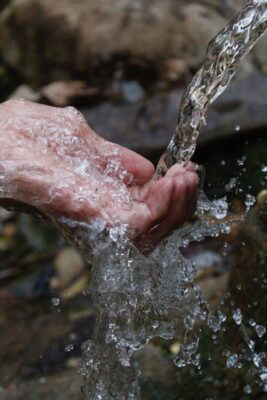What Does “Frequent” Handwashing Mean?

As Time Magazine recently pointed out, the primary weapon for combating disease didn’t change much between the 1918 Spanish Flu and the 2019 Coronavirus. It’s still washing your hands.
Sometimes, simple measures can be so simple, we discount their importance. At this point, frequent handwashing has practically become an act of patriotism. But as food service professionals, we’re pretty much experts on frequent handwashing.
What Exactly Does “Frequent” Mean, Though?
According to the FDA, it means immediately after any activity that contaminates the hands, and at least at these times:
- When entering a food prep area.
- Before putting on gloves.
- Between glove changes.
- Before food preparation of any kind.
- Before handling clean equipment or serving utensils.
- When switching between different food handling tasks, like when switching from raw food to ready-to-eat foods.
- After handling any dirty dishes, dirty equipment, or dirty utensils.
- After touching human body parts other than clean hands (face and hair are especially common).
- After using the restroom.
- After coughing, sneezing, blowing nose, using tobacco, eating, or drinking.
- After handling service animals or decorative aquariums.
You likely know lots of other times you should wash your hands, especially when you’re actively preparing food. It’s anytime you touch surfaces that are frequently touched – door knobs, fridge or freezer handles, your phone, a pen, a ketchup bottle . . . , etc. It requires a certain self-awareness that becomes second-nature after you’ve worked in food service for even a short length of time.
What’s the Correct Way to Wash Your Hands?
Of course, all the handwashing in the world won’t matter in combating disease if it isn’t done right. So just as a quick reminder, a proper 20-second handwashing includes:
- Rinsing under clean, warm, running water,
- Applying soap and rubbing at least 10-15 seconds around fingernails, fingertips, between fingers, on the surface of hands, and up the arms,
- Rinsing in warm, clean water while allowing dirty water to drain down toward the sink, and
- Drying the hands with something clean and unused.
None of this comes as a surprise to you if you were trained by Certified On The Fly. Make this second-nature for you by getting your Texas Food Handler certification with us!
Back to Blog